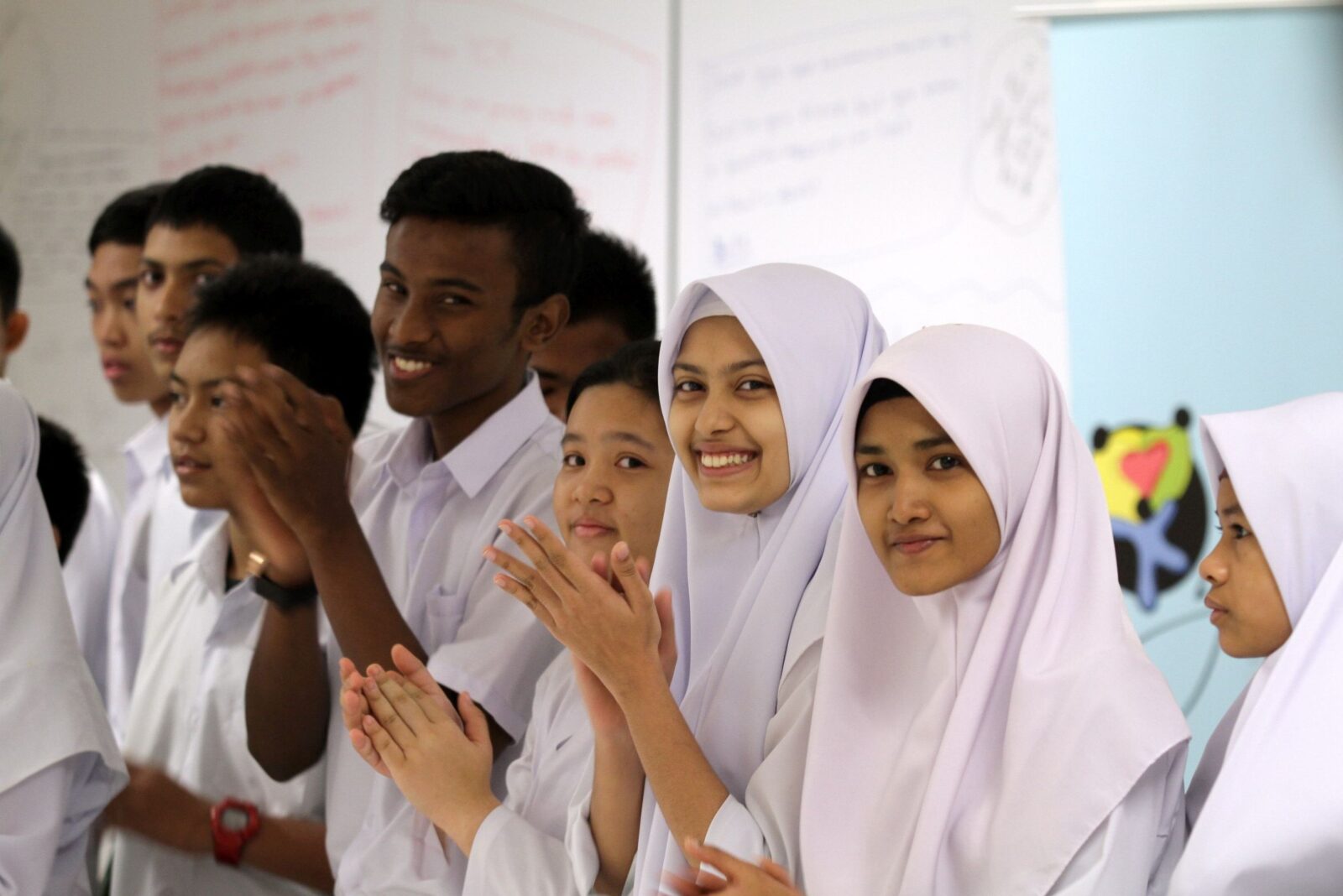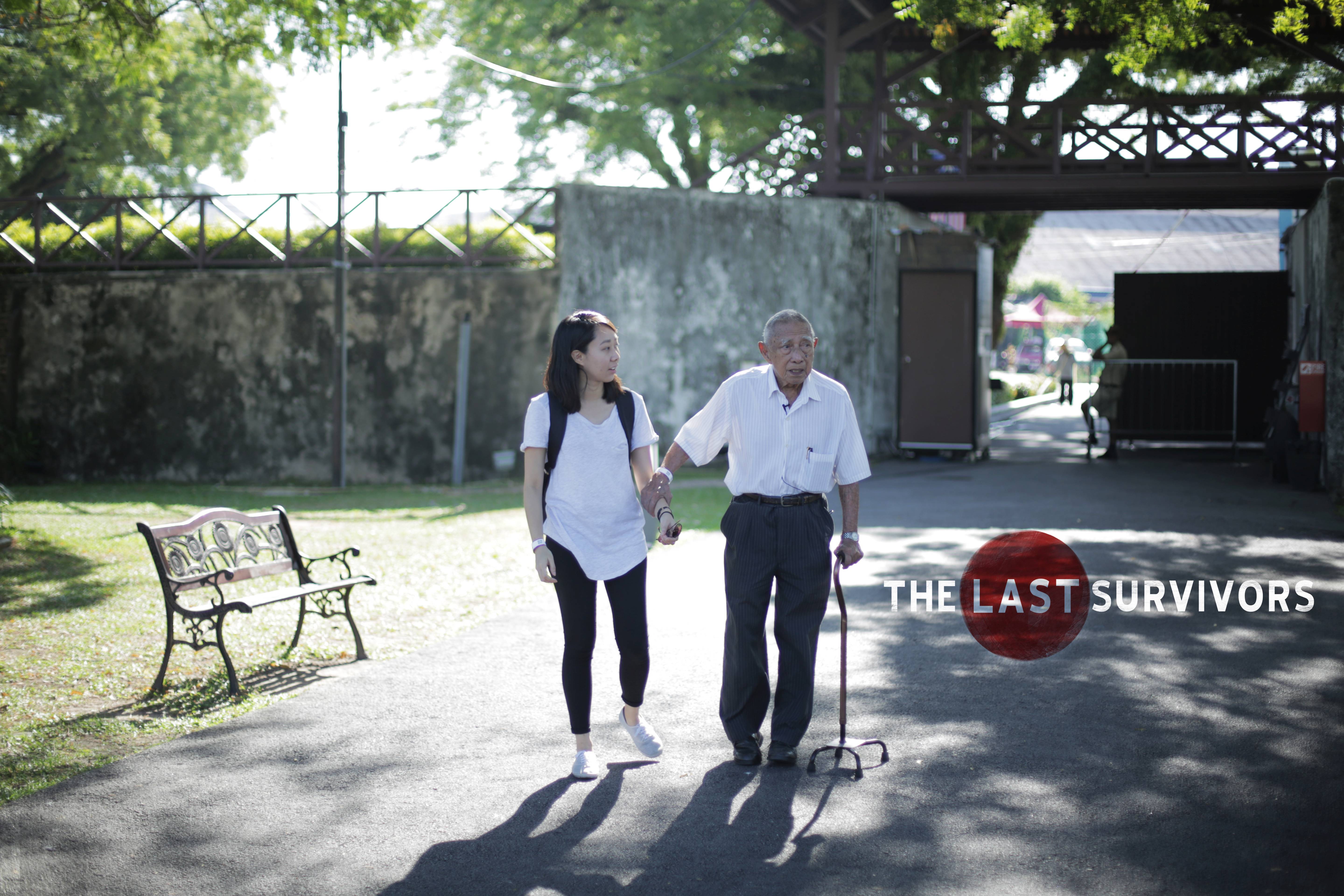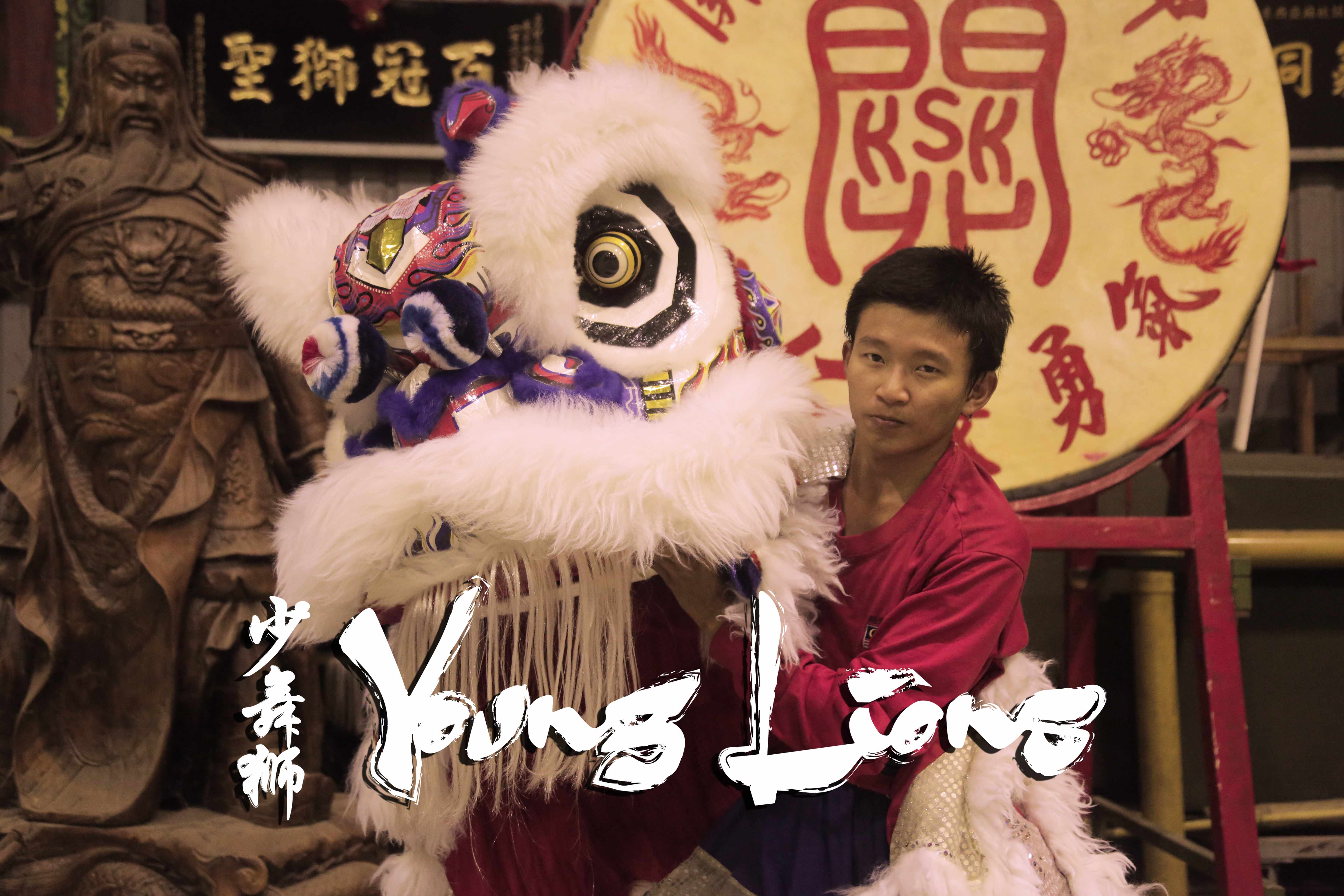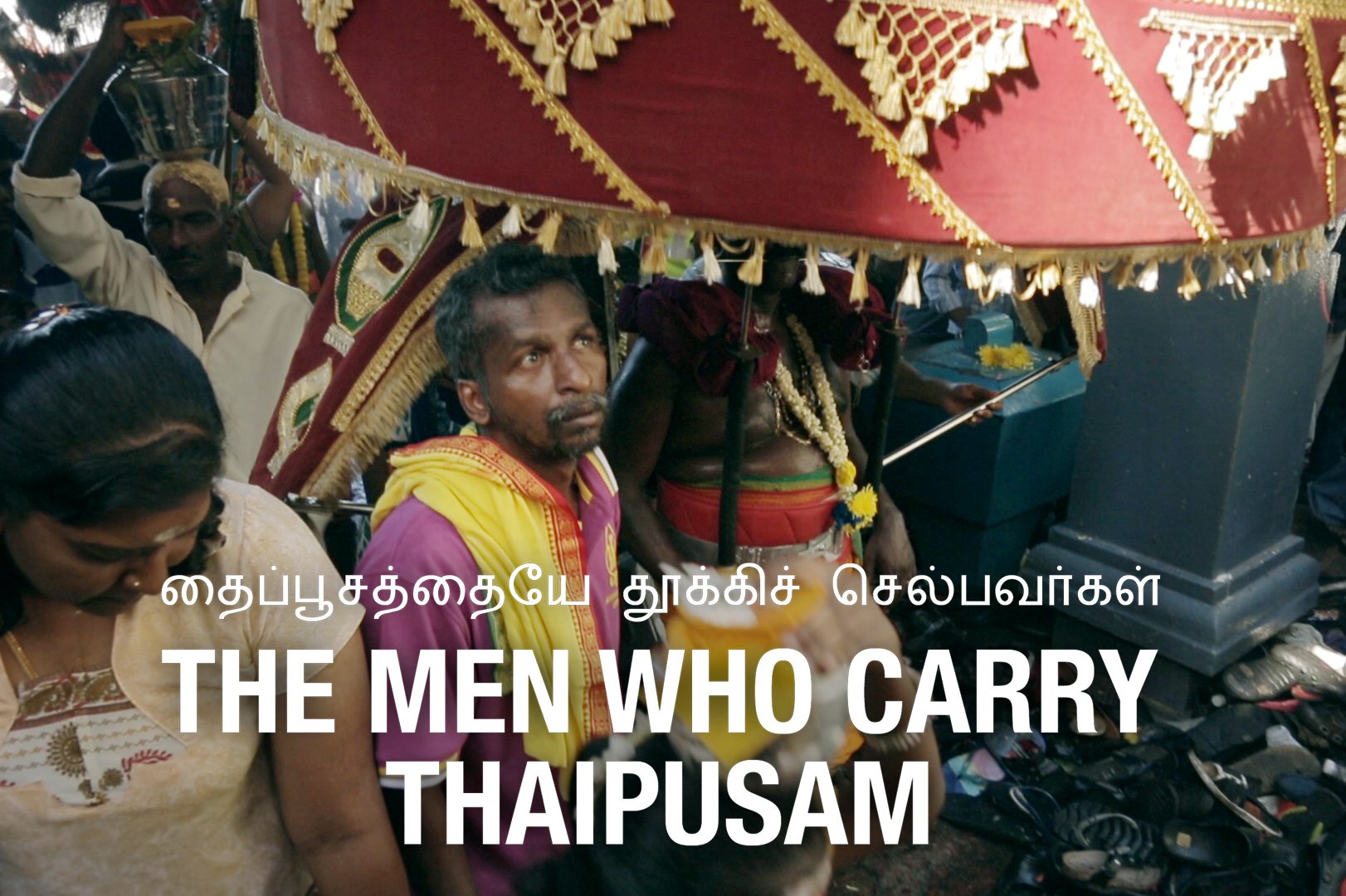THE crowd gathered around a photograph of a disabled man begging in the middle of a busy walkway in Chow Kit.
The photographer, 17-year-old Nur Aisyah Habibullah, explained that it was her favourite picture as the scene reminded her of her home in Myanmar.
You could hear the resilience in her voice as she recounted the memory of leaving her home country three years ago with her parents and four siblings.
“My father took us out of the country because it was getting unsafe,” she said. “I can’t remember everything now, but this photo describes what it’s like back home.”
Nur Aisyah is one of over 30,000 refugee and asylum-seeking children registered with United Nations High Commissioner for Refugees (UNHCR) residing in Malaysia. As an asylum seeker, she is not allowed to attend public school.
She attends a home-schooling programme organised by Yayasan Chow Kit (YCK) called KL Krash Pad, which gives vocational and educational training to children aged 13 to 18.
As part of their training, fifteen children, including Nur Aisyah, were handed a camera and an assignment – to capture photos of their daily lives.
The photos are currently exhibited in the Art Gallery, located in the Chancellery Building of Universiti Malaya.
The exhibition, titled Kuala Lumpur Kita Je!, is organised by YCK and UM Cares, and will run until March 26.
Kamal Solhaimi Fadzil, a volunteer at KL Krash Pad, was the man who initiated the project. He had been giving basic photography lessons to the children and realised they had a natural instinct for capturing images.
“Photography is a way of empowering someone and allowing them to think deeper,” said Kamal, who is also a lecturer at UM.
“Nur Aisyah’s photo of the beggar which was taken to reflect her hometown is not just any nice photograph; it shows a deeper side to her life that others don’t see.”

Nur Aisyah, who is from Myanmar, said this photo she took of a disabled beggar on the streets of Chow Kit is a bleak -reminder of the situation in her home country. ― Photos: YAP CHEE HONG/The Star
At first glance, each photo on display look like regular snapshots found in anyone’s camera: there’s a family at a picnic, a couple at their wedding, children playing by the river, and a slightly blurred out dark alley.
But looking closer, each photo has a deeper meaning, explained in the captions written by the kids.
The photographer of the dark alley is Jinaidin, 17, who explained that the alley is a popular haunt for prostitutes and drug addicts, but he has to walk through it daily on the way to school.
The project is meant as a tool of self-expression, said Kamal, and it is reflected in their photos.
“These kids have inquisitive minds and a good eye. We don’t think much of kids, but I learnt that if you place your trust in them, you’ll see them achieve so much more,” he said.
A race against time
Dressed in their school uniforms, the kids look like any other school children. Only difference is, their uniforms don’t have badges.
They were gathered in a tight group at the exhibition, laughing and joking with each other like all kids do.
But in the eyes of the state, these children do not exist. As refugees and undocumented children, they are often denied the most basic rights, such as education.
Anyone below the age of 18 is considered a child and they should have the same rights as any other child would have, said Dr Hartini Zainudin, founder of YCK.
“But the lack of proper documentation (like birth certificates) deny them these rights, and these kids aren’t allowed to go to school,” she said.
They can’t open a bank account or travel, as they risk detention if they’re caught by authorities.
While organisations like YCK assist by organising home-schooling programs for children like Nur Aisyah, they are released as soon as they turn 18.
“It’s a race against time to ensure that they’re built and given as many opportunities and skills as possible, so they can thrive and do something with their lives,” said Dr Hartini.

A music video featuring a rap song written and performed by the children are also on display at the exhibition.
“We need to provide, nurture and support the different avenues in which they can improve their skills, and photography is one of them. This is another platform where the children can have a voice, and have a safe space to express themselves.”
She said the country’s policies are too rigid when it comes to undocumented children. “We’re one of the worst countries in terms of how we treat them,” said Dr Hartini. “We need to ensure, at the very least, they have basic education rights.”
And xenophobia isn’t helping. “Malaysians tend to look down at foreigners, unless they are professionals. It is simply a lack of compassion,” said Dr Hartini.
She encouraged Malaysians to take the time and effort to find out more about refugees and asylum-seekers.
“Volunteer, and try to understand what’s going on,” she said. “That’s all you need to do to help.”
To find out more about Yayasan Chow Kit and how you can volunteer, go to yck.org.my.





Leave a reply